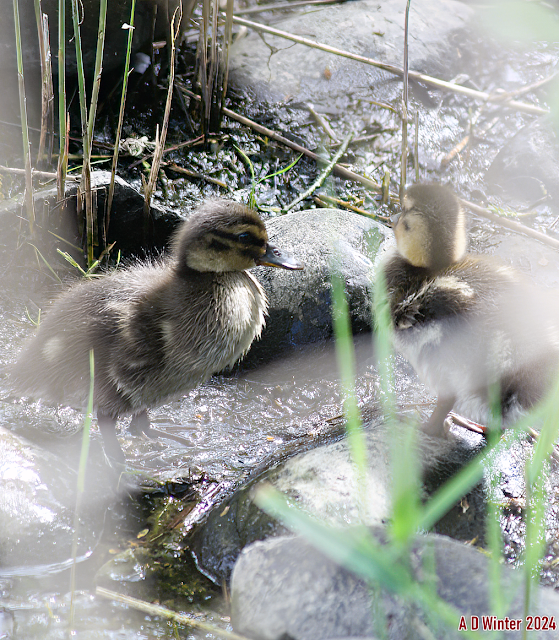Cleveleys is a town located on the Fylde Coast in Lancashire, England. Its history can be traced back to the early 19th century when it was a small, rural village known as "Little Thornton." The transformation of Cleveleys into a popular seaside resort began in the late 19th century with the arrival of the railway.
In the late 1800s, the construction of the Blackpool and Fleetwood Tramway, which passed through Cleveleys, played a significant role in its development. The tramway's extension to Cleveleys in 1898 opened up the area to tourists and day-trippers from nearby towns, particularly Blackpool. This led to the rapid growth of Cleveleys as a holiday destination.
The name "Cleveleys" was adopted in 1893 following a competition to rename the village. The winning entry was submitted by a local resident, Mr. A. Ashworth, who combined the names of two local farms, "Cleve Leys" and "Hawley's."
During the early 20th century, Cleveleys continued to expand, attracting tourists with its sandy beach, promenade, and various entertainment options. The town's fortunes suffered during World War II when the area was heavily fortified as part of coastal defences, and many buildings were damaged or destroyed during bombing raids.
After the war, Cleveleys underwent a period of post-war redevelopment. The town was modernized with new housing estates, shops, and amenities. The seafront was renovated, and attractions like the Jubilee Gardens and the iconic Cleveleys Clock were added.
In recent years, Cleveleys has continued to evolve and adapt to changing times. The town has seen ongoing investment in its infrastructure and the revitalization of its seafront. Cleveleys Promenade, with its collection of shops, cafes, and restaurants, remains a popular attraction for visitors and locals alike.
Today, Cleveleys is a bustling town with a mix of residential, commercial, and leisure facilities. Its proximity to the larger resort town of Blackpool makes it a desirable destination for those seeking a quieter coastal experience while still having easy access to the attractions of the surrounding area.
Cleveleys and Thornton are two separate towns located on the Fylde Coast in Lancashire, England. The name "Thornton-Cleveleys" is a combination of the two towns and is commonly used to refer to the wider urban area encompassing both places.
The merger of Cleveleys and Thornton occurred in 1974 when the local government underwent a reorganization. As part of the Local Government Act 1972, several administrative changes were made across England, including the creation of new local government districts.
Before 1974, Cleveleys and Thornton were separate urban districts with individual local councils. However, following reorganization, the two districts were merged to form the new local government district of Wyre. The name "Thornton-Cleveleys" was adopted to reflect the combined area.
Since then, Thornton-Cleveleys has remained a distinct entity within the larger Wyre district. It is often referred to as a single unit, but the towns of Thornton and Cleveleys still retain their individual identities within the wider urban area.
The origin of Thornton, now part of the urban area known as Thornton-Cleveleys, can be traced back many centuries. "Thornton" derives from Old English and means "thorn-tree farm or settlement." It suggests that the area was once characterized by thorn trees or had a settlement centred around them.
The history of Thornton dates back to at least the medieval period. It was mentioned in the Domesday Book of 1086, a survey of England and Wales commissioned by William the Conqueror. The entry for Thornton in the Domesday Book describes it as a small village with agricultural land and a manor.
Over the centuries, Thornton remained a predominantly rural community, relying on agriculture as its primary economic activity. It was part of the Thornton Cleveleys Parish, which included the neighbouring village of Cleveleys.
The transformation of Thornton into a larger urban area began in the late 19th century with the expansion of nearby Blackpool as a popular seaside resort. The growth of Blackpool led to increased development and population in the surrounding areas, including Thornton.
In the 20th century, as the popularity of Blackpool continued to rise, Thornton experienced further growth and urbanization. The extension of the tramway system, including the Blackpool and Fleetwood Tramway, facilitated the influx of visitors and residents to the area.
With the reorganization of local government in 1974, Thornton merged with Cleveleys to form the new district of Thornton-Cleveleys within the larger Wyre district. This administrative change brought the two towns together under a single local government authority.
Today, Thornton-Cleveleys is a thriving urban area with a mix of residential, commercial, and leisure facilities. It retains elements of its historical past while embracing modern development and serving as a popular destination for both residents and visitors to the Fylde Coast.






























